Important Items in Steam Network
To maintain Steam quality in Steam Network it is important to ensure that the steam leaving the boiler is delivered to the process (point of usages) in the appropriate condition (Clean, Dry and Saturated Condition).
To achieve this, steam networks normally make use of Strainers, Moisture Separators, Steam Traps and Pressure Reducing Station (PRS).
Strainer:
A strainer is a form of sieve in the pipeline. It contains a screen through which the steam must pass. Any passing debris will be retained by the mesh. A strainer should regularly be cleaned to avoid blockage. Debris should be removed from the steam flow because it can be restriction to the steam flow, very damaging to downstream accessories, and may also contaminate the final product.
Moisture Separator:
A Moisture Separator is a body in the pipeline which contains a series of plates or baffles which interrupt the path of the steam. The steam should be as dry as possible to ensure it is carrying heat effectively. The steam hits the plates, and makes it route change and any drops of moisture in the steam collect at the bottom of the moisture separator, then draining from the bottom of the separator.
One drain steam trap (Thermodynamic / Ball Float Trap) module to be installed at the drain of Moisture Separator.
Steam Trap:
A Steam Trap is a device used to release condensate from the steam network, preventing escape of the live steam from the system. Steam Trap allows condensate to pass through it and traps live steam from being released to the atmosphere.
There are different types of steam traps available now days. Classification of steam traps is done based on their application and working principals. See in detailed in Trap section.
Pressure Reducing Station (PRS):
A PRS is assembly of components along with Pressure Reducing Valve (PRV). Steam having ‘more Total Enthalpy’ but ‘less Enthalpy of evaporation’ & and ‘less Specific Volume’ at High Pressure Saturation condition, compared to that at low Pressure. ‘Enthalpy of evaporation’ is only used during indirect heating in equipments. Steam instantly releases ‘Enthalpy of evaporation/latent heat’ during condensate in indirect heat transfer process. Uses of indirect heating processes are much more in industries.
Therefore Steam has to be generated in Boiler and transferred up to user / equipment through pipes at Higher Pressure, but, steam has to be use at Lowest Practical Possible Pressure in the equipments. So that, Capacity and size of boiler & steam pipe sizes will lower and the process gets more Energy in the form of latent Heat and reduces the steam consumption.
PRS comprises of a Moisture Separator, Inlet Pressure Gauge, Inlet Isolation Valve, Strainer, PRV (may be Self Actuated type or Pneumatic Actuated type), Outlet Isolation Valve, PRV bypass Valve, Pressure Safety Valve, Outlet Pressure Gauge, and associated piping and components. See in detailed in Steam Application section.
Condensate Recovery:
The condensate which forms, as a result of heat transfer or losses due to radiation, convection etc., will easily drain out of the steam network through steam traps.
If it is contaminated, it will probably be sent to drain. If not, the valuable heat energy (Sensible heat) it contains can be recovered by returning it to the boiler feed tank. This also saves on water and water treatment costs. Heat energy of some specific contaminated condensate can also be recovered through other process without mixing with boiler feed water drum.
Mechanical (steam motivated) pumps are used for transferring of condensate (free from flash steam) purpose. Flash steam can be separated from condensate in Flash Separator or in Flash Vessel. See in detailed in Condensate recovery section.

 Aerated Concrete Block Industry
Aerated Concrete Block Industry  Brewery Industry
Brewery Industry  Captive Cogen Industry
Captive Cogen Industry 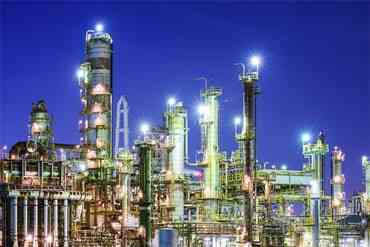 Chemical Industry
Chemical Industry  Dairy Industry
Dairy Industry 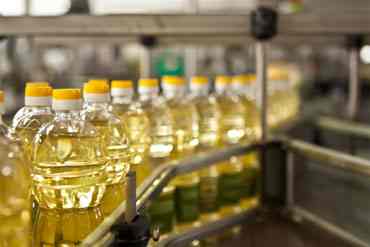 Edible Oil Industry
Edible Oil Industry 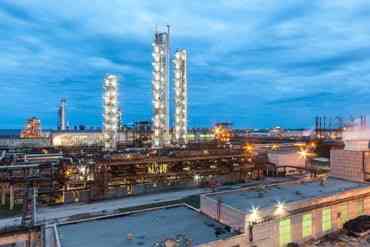 Fertilizer Industry
Fertilizer Industry  Hotel Industry
Hotel Industry 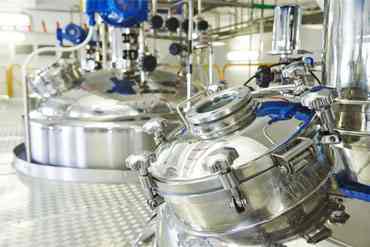 Pharma Industry
Pharma Industry 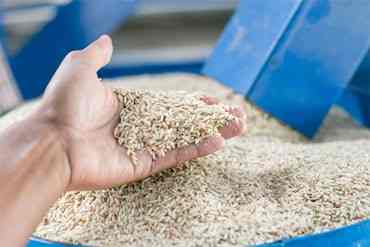 Rice Industry
Rice Industry 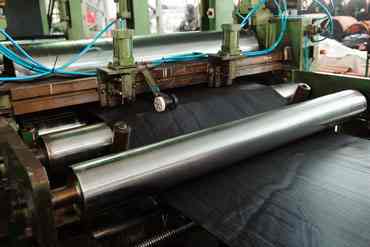 Rubber Industry
Rubber Industry  Soap Industry
Soap Industry 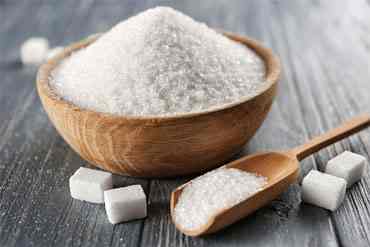 Sugar Industry
Sugar Industry  Textile Industry
Textile Industry 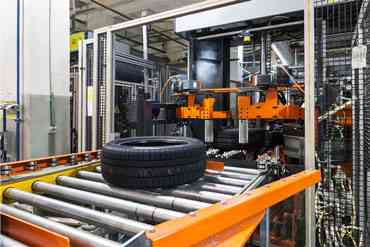 Tyre Industry
Tyre Industry